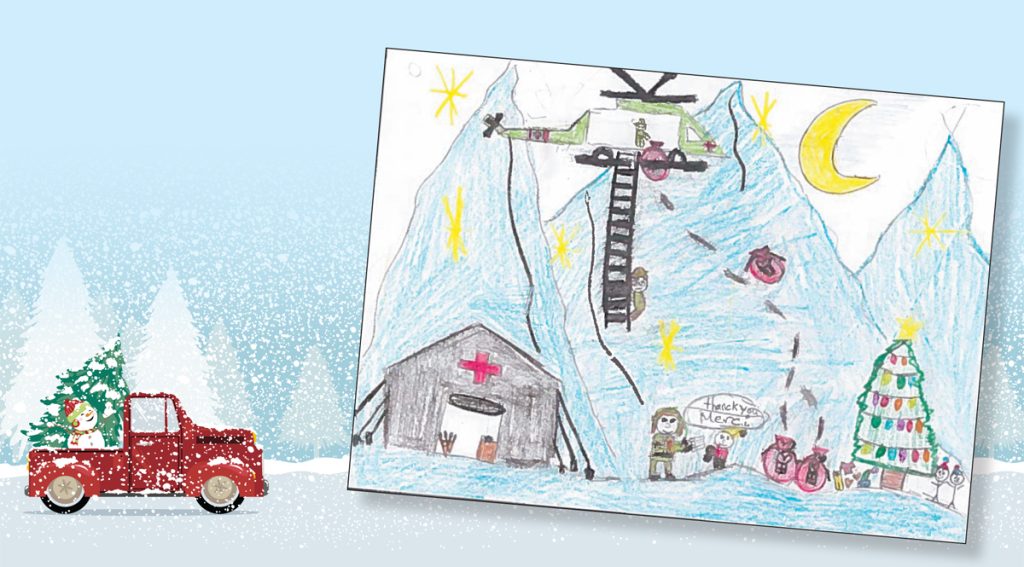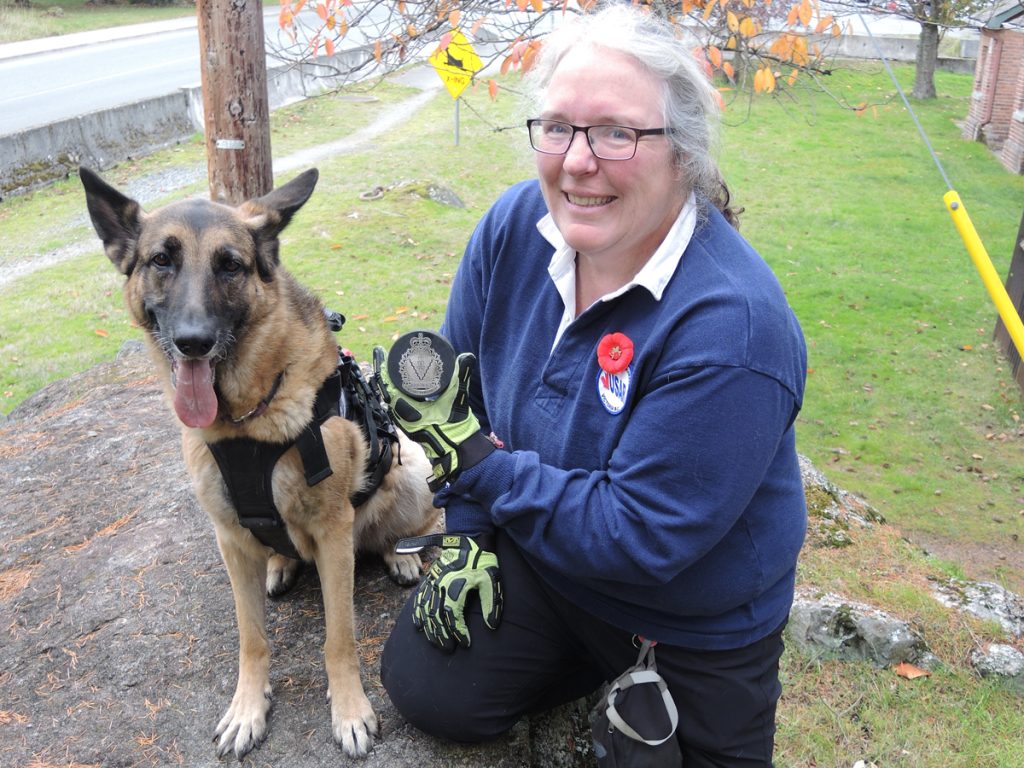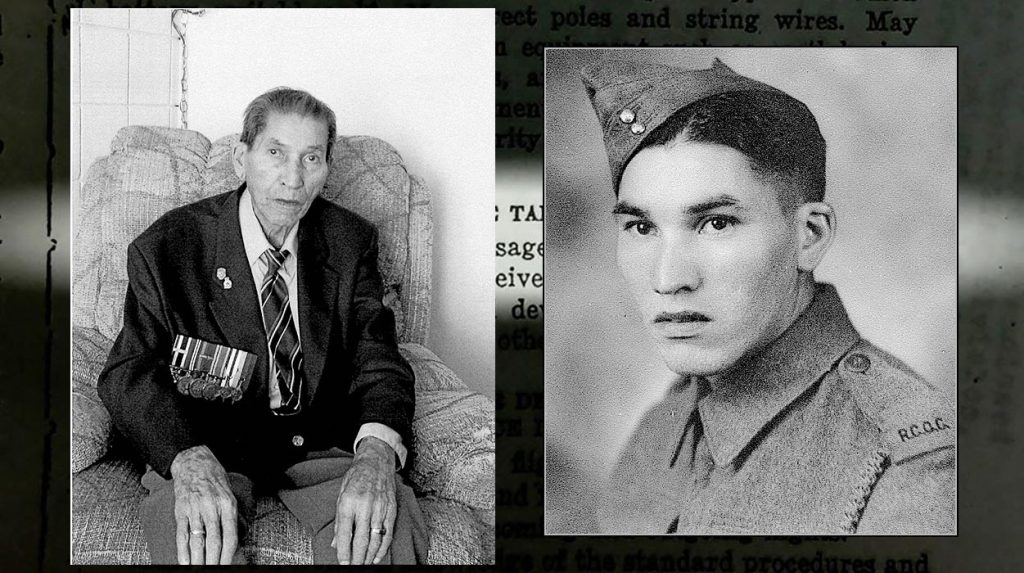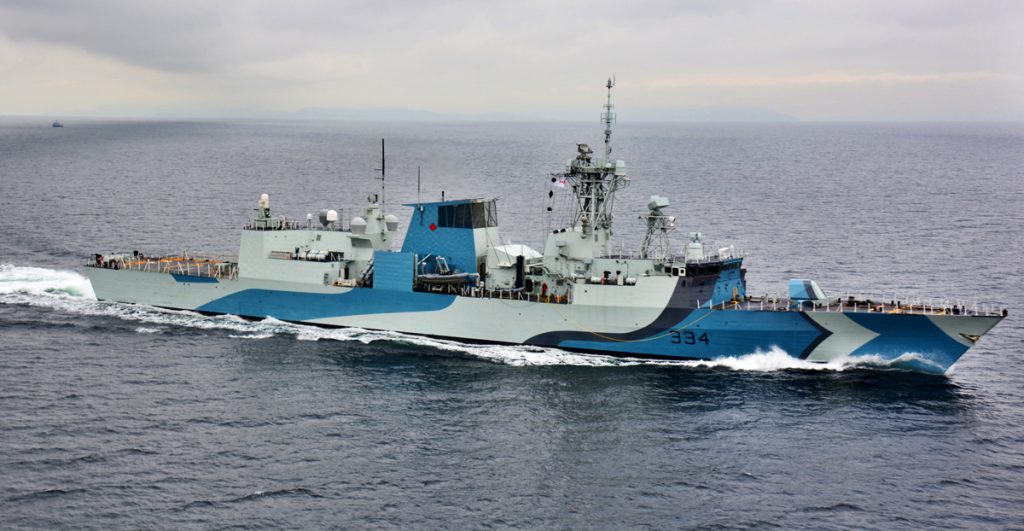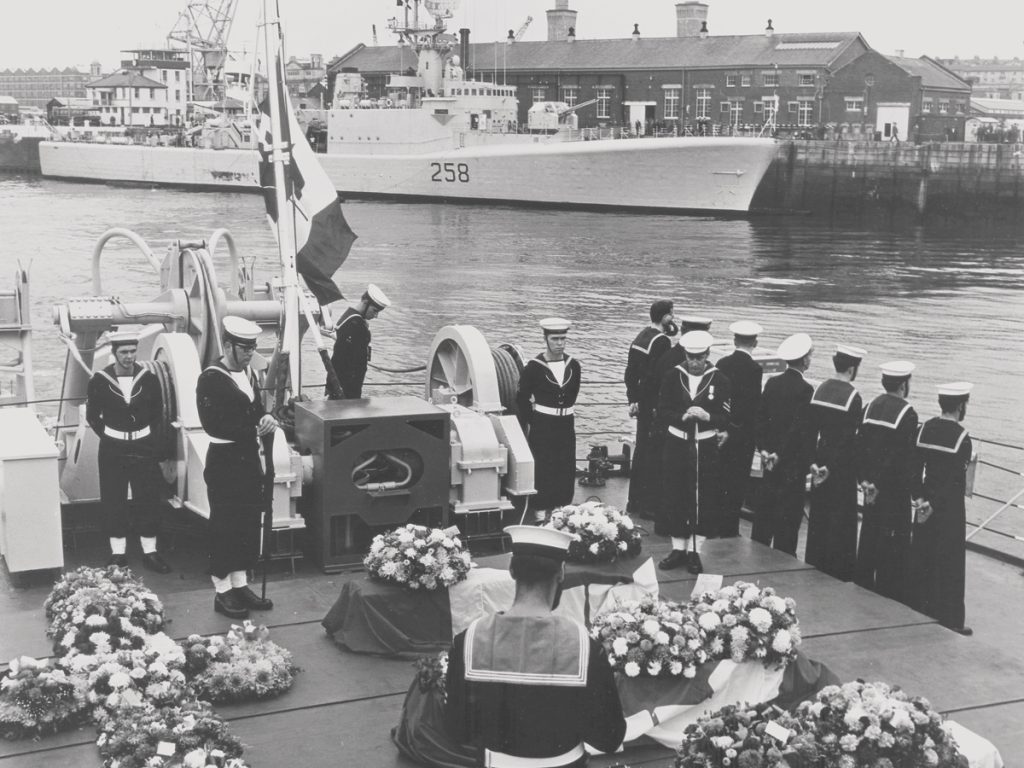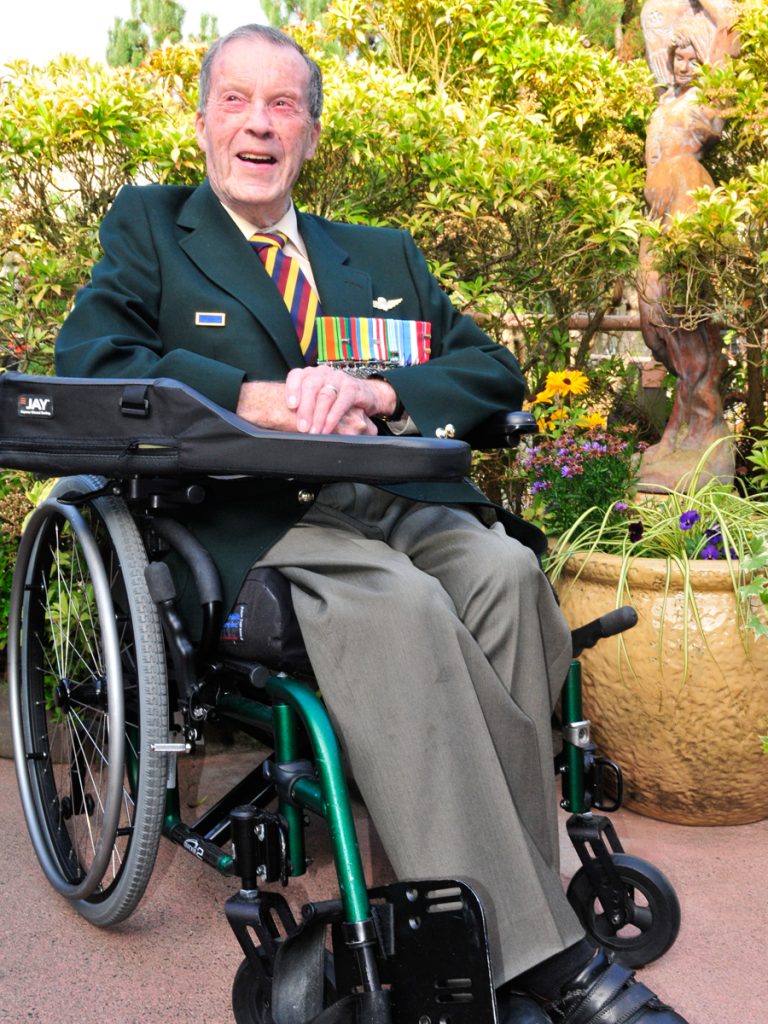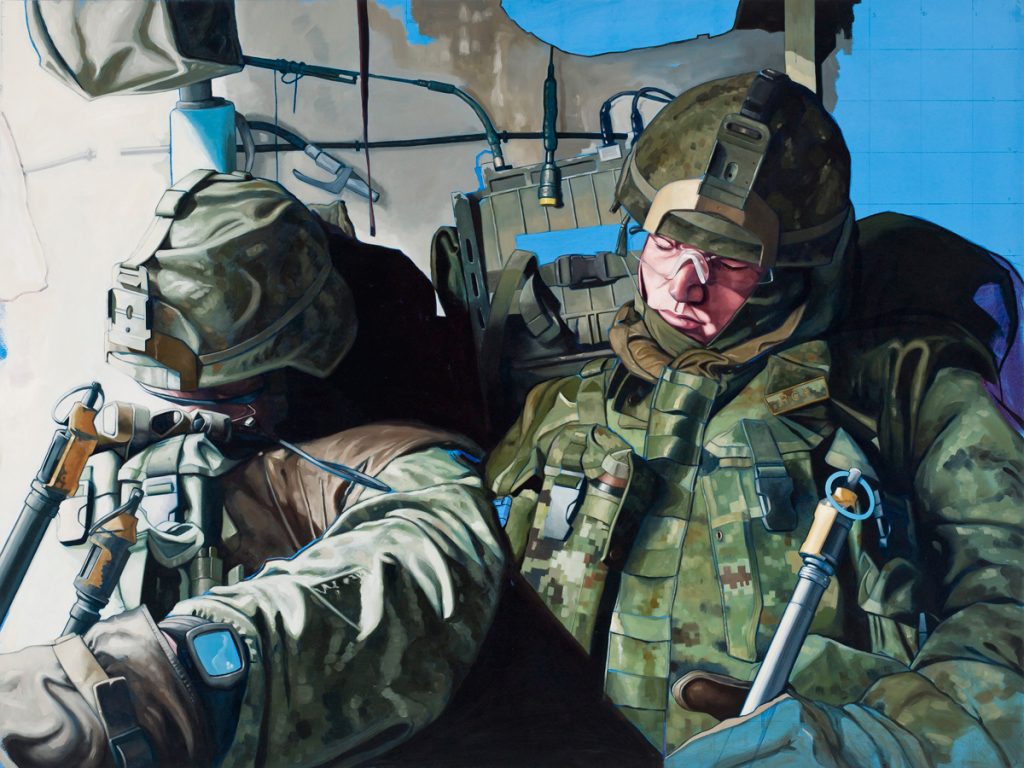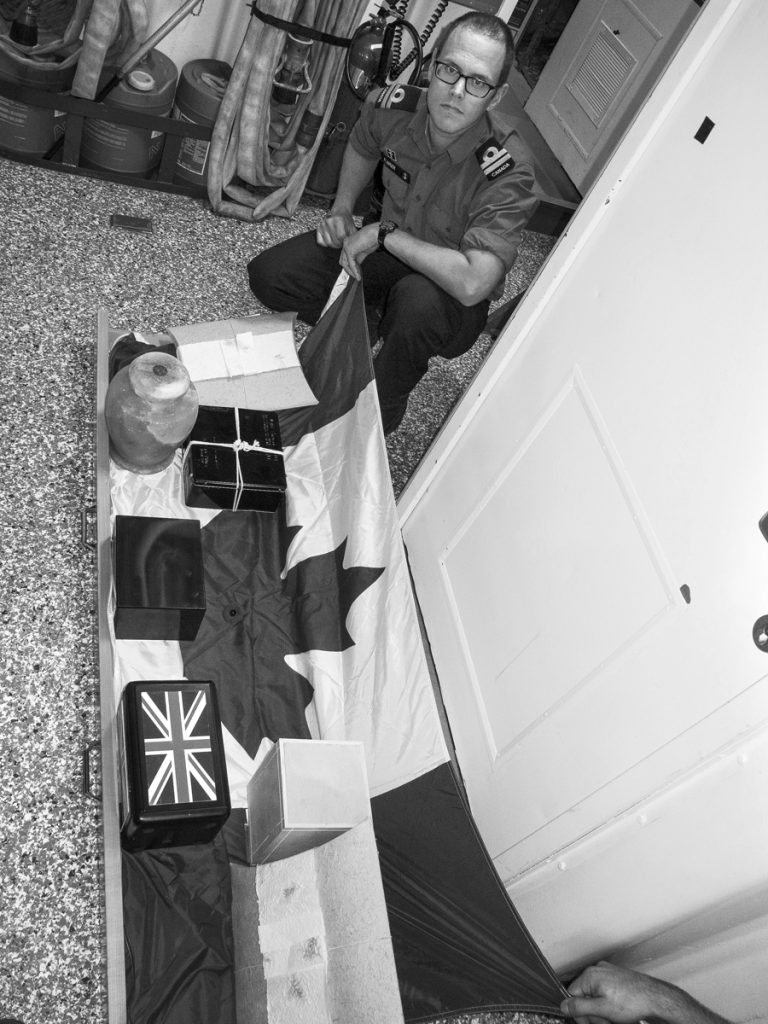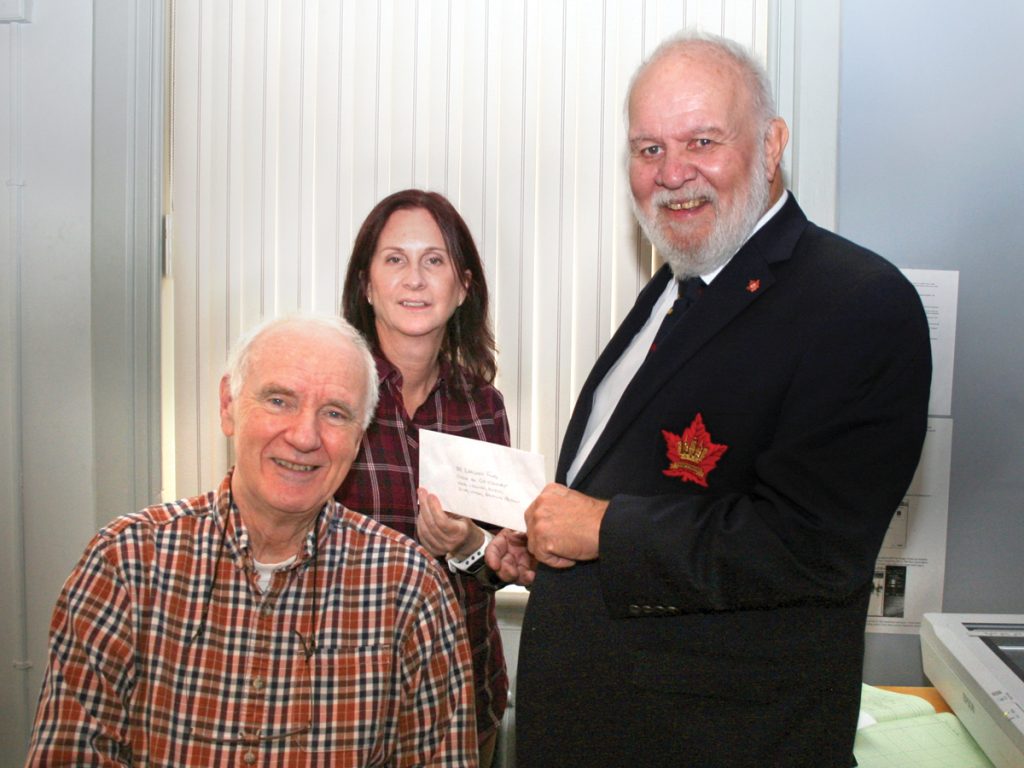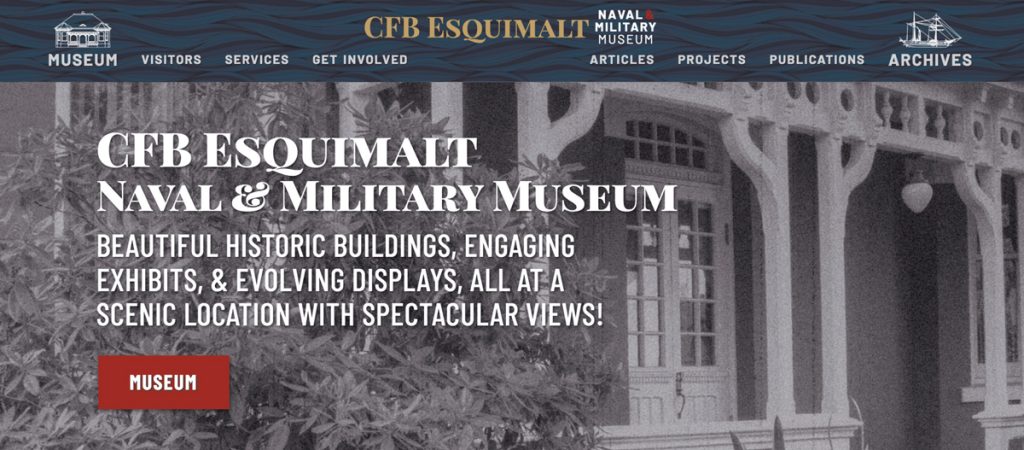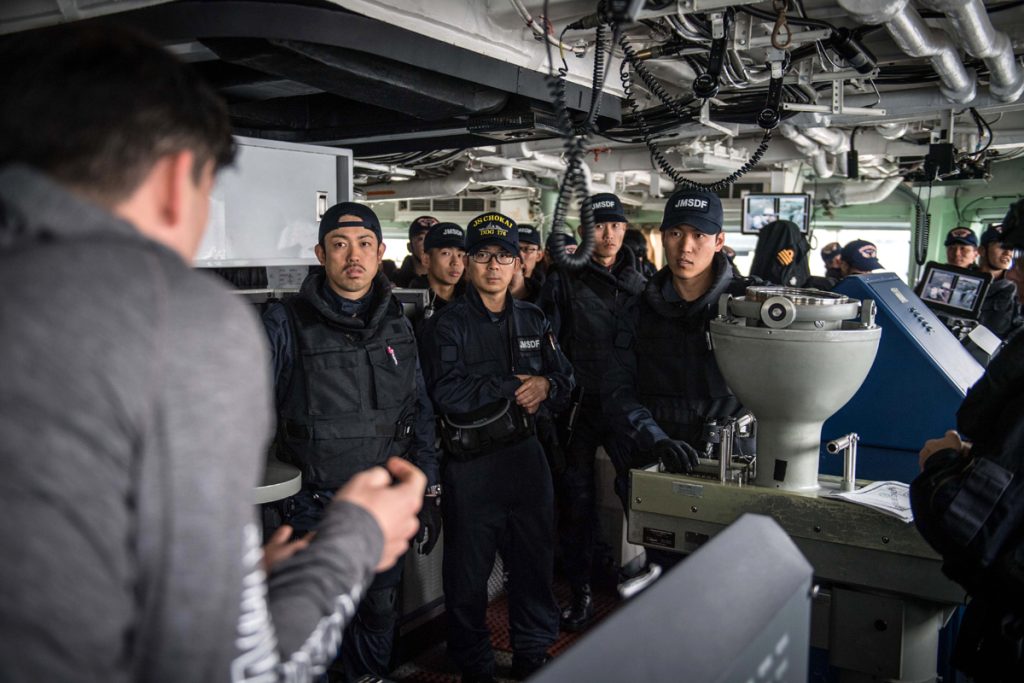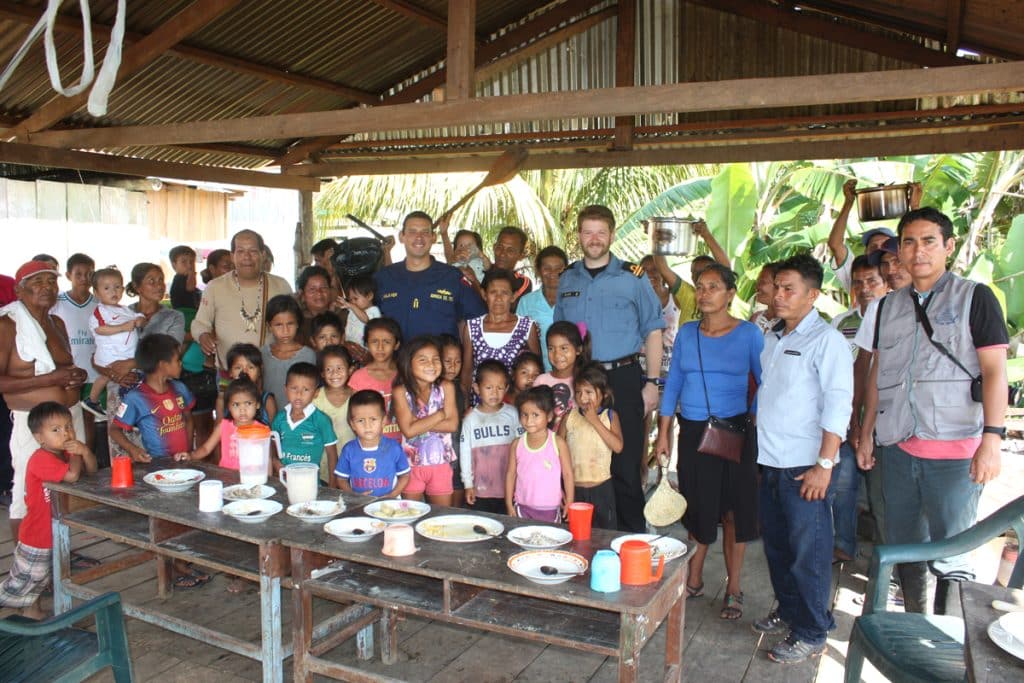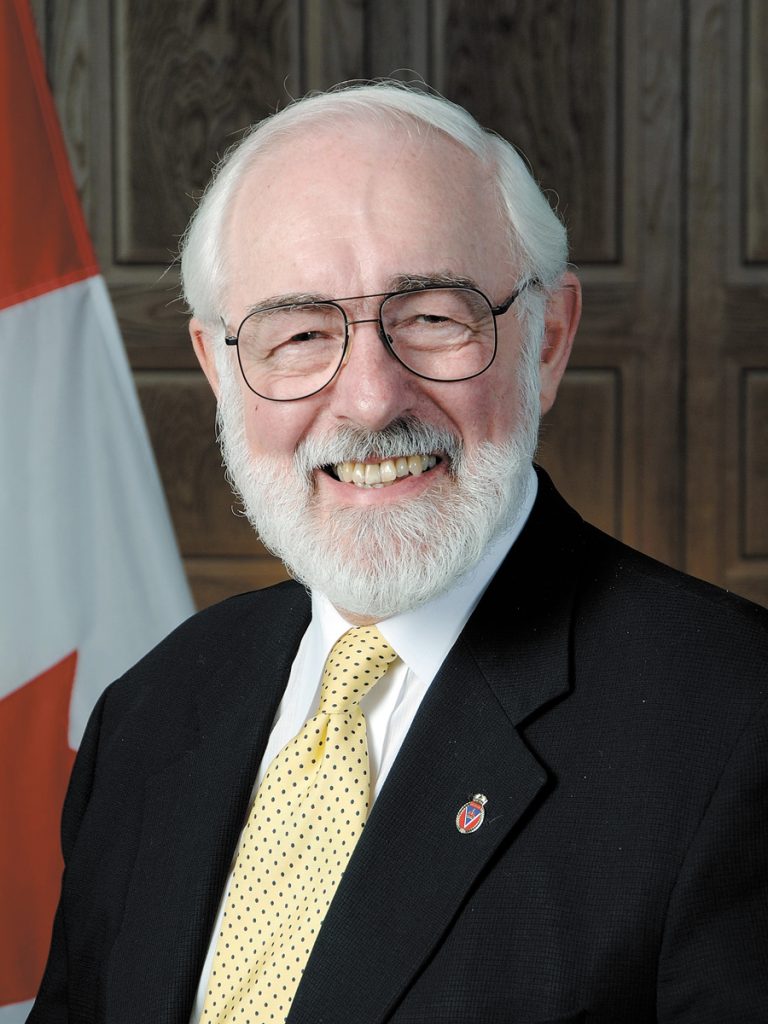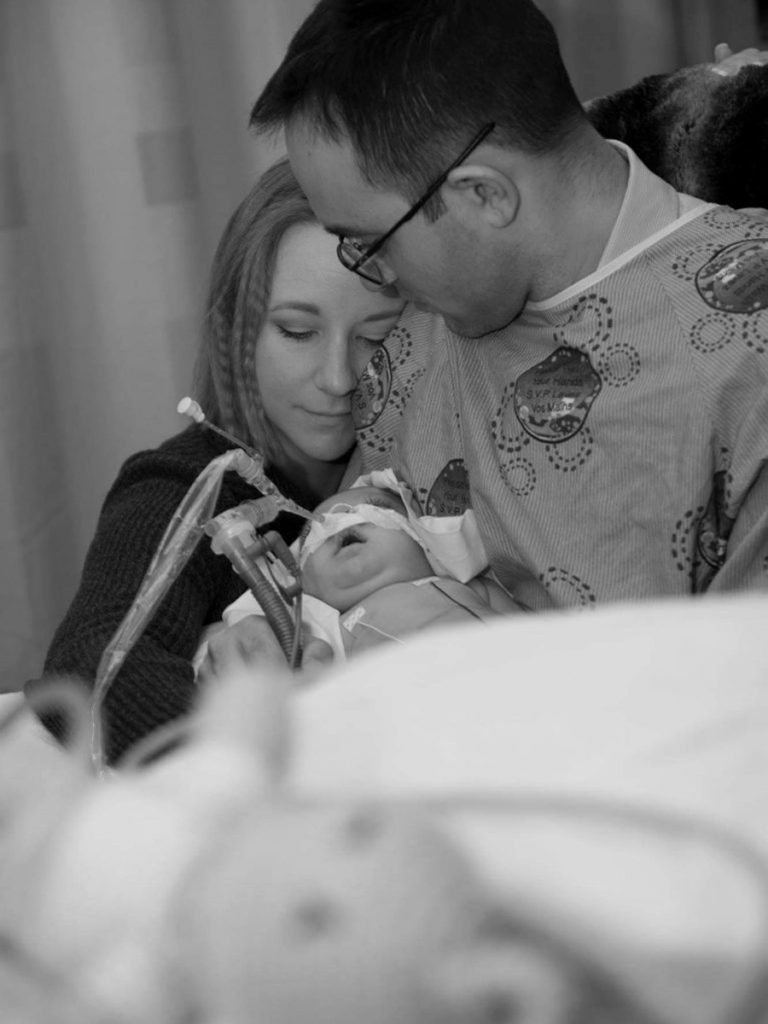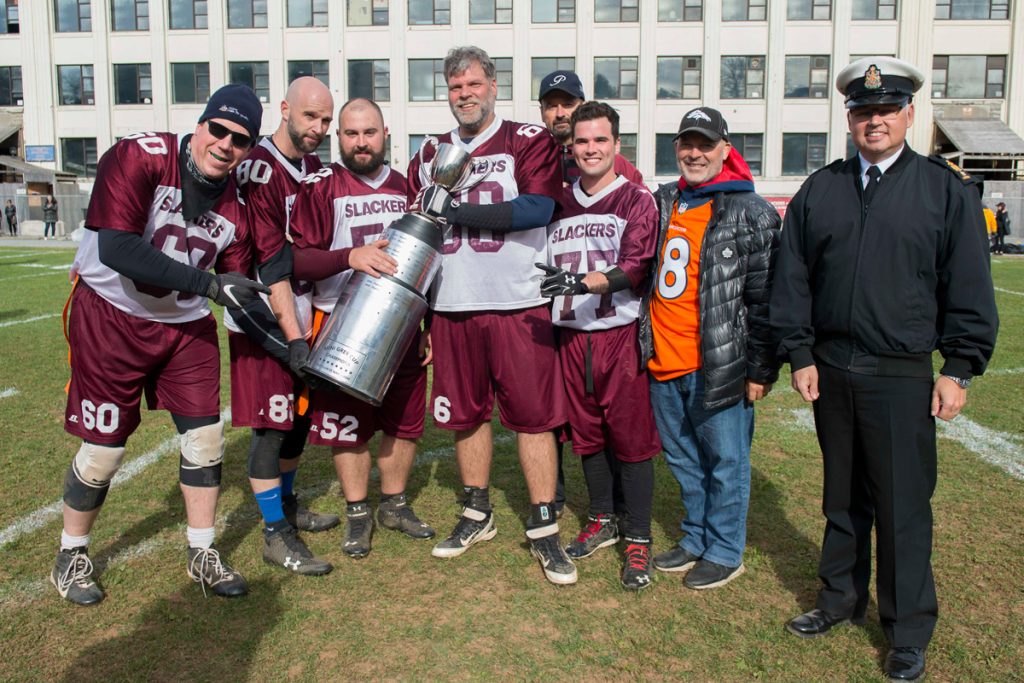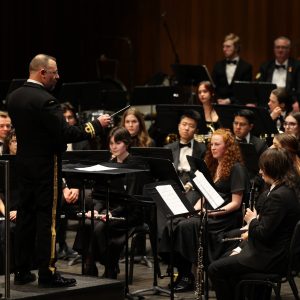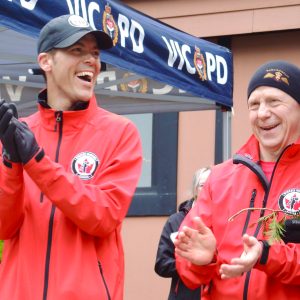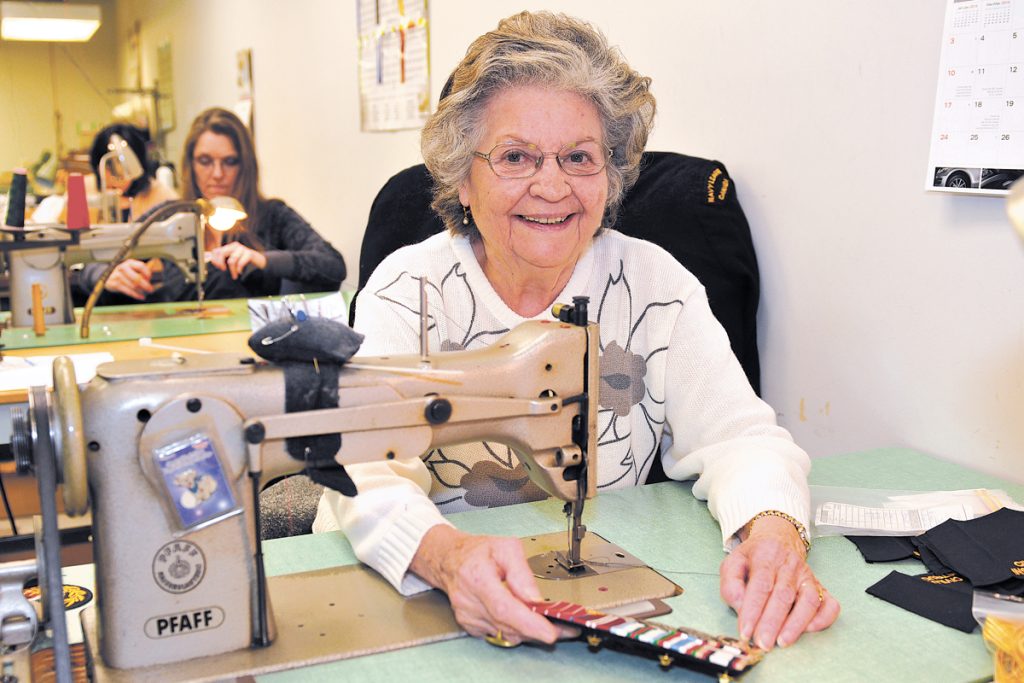
Honouring Mia Larsen
[caption id="attachment_21976" align="alignnone" width="593"] Mia Larsen[/caption]Captain Peter Fuerbringer, Public Affairs Officer, CFB Esquimalt ~Our base family sadly lost a familiar face with the recent passing of Mia Larsen. Known for her friendly demeanor, quick smile, generous heart, and renowned skillset, Mia had been tailoring clothes for nearly six decades. From newly minted sailors to flag officers and retired members, Mia was known, respected and will be missed. Five decades ago, 30-year-old Mia apprenticed with master tailor Margaret West at her shop in Work Point. She bought West’s business 13 years later when her mentor retired. Eventually, the store moved to its current CANEX location, and slowly it grew to fill the demand. In 2013, Mia was presented with the Queen’s Diamond Jubilee Medal from then Premier Christy Clarke as further testament to her character and contribution.“We wanted to nominate Mia because she has been doing this so long and has mounted so many medals,” said Donna Bird, one of three employees who nominated Mia at the time for the award. “We thought wouldn’t it be nice to see her issued one herself.” Mia is survived by her daughter Ivy and step-son Rob. She was a loving Nana to her grandchildren Levi, Justin, Tara, Brianne, Kyle, Talina, and Sebastian and great-grandchildren Sawyer, Mia, Hadley and Hunter.Her legacy will live on in the hearts and minds of everyone she interacted with here at CFB Esquimalt. She was part of our defence community, and we will miss her greatly.

